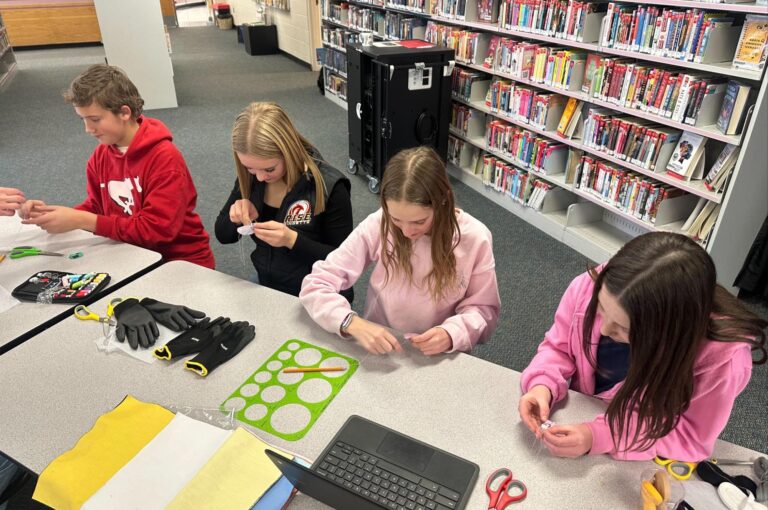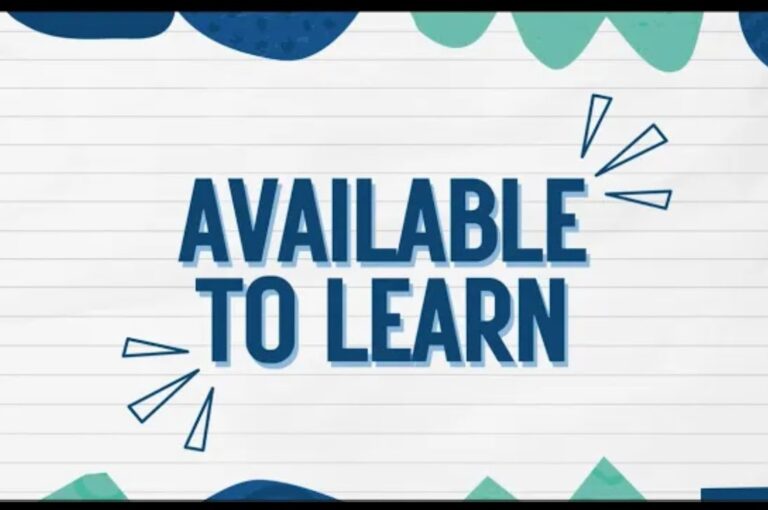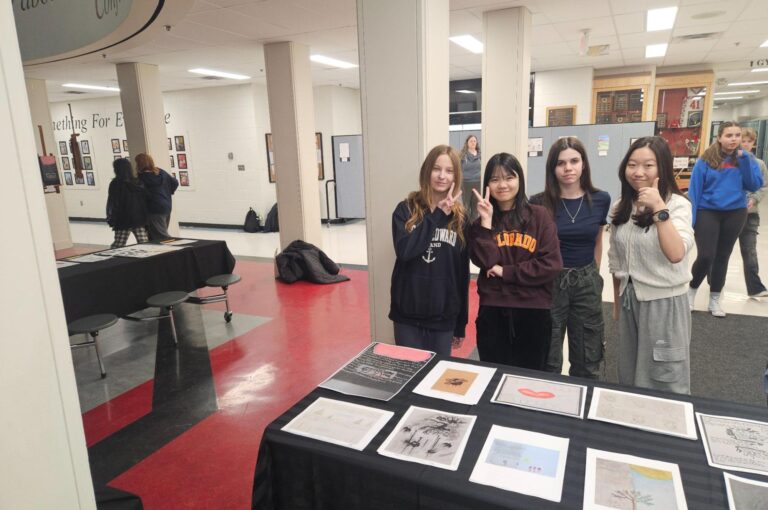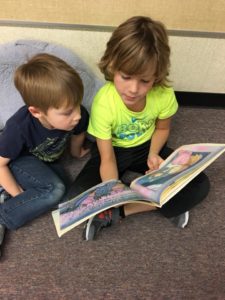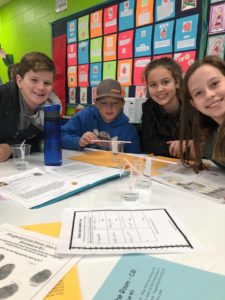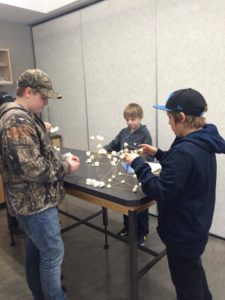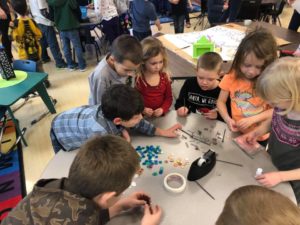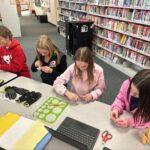

Connecting and Contributing
This driver of Powerful Learning highlights the interconnectedness and relationships that students need in order to develop global competencies, enabling them to connect and contribute meaningfully.
In Powerful Learning, teachers intentionally design learning experiences that will help students to better understand themselves and the world they live in.
The interconnectedness of our changing world requires that students understand the complex dynamics of globalization and are able to form judgements and take action.
As well, learning experiences need to acknowledge the interconnectivity of both cognitive and emotional development.
Powerful Learning recognizes the need for students to be able to:
- practice positive, safe and healthy behaviors
- learn to contribute ethically and responsibly to their peer group, family, school and local and global community
- strive to possess core competencies, work habits and values as a foundation for meaningful employment and engaged citizenship (as cited in Greenberg et al, 2003.)
Powerful Learning experiences engage students in issues and tasks of value to themselves and the world. Students are encouraged to form positive connections and make positive contributions.
Digital technologies have a significant role to play because they shape students’ outlook on the world, their interactions with each other and also their perceptions of themselves.
It is important to meaningfully use technology to help students understand global issues and how they might be able to engage in tackling social, political, economic and environmental challenges.
As well, students need to be taught how to meaningfully, effectively, and appropriately engage with technology.
Powerful Learning also recognizes the need for the “well-being” of all students. Academic development is one area to nurture, along with physical, social and emotional growth.
It is essential that our classrooms are places where students feel they belong and where relationships are actively developed. Belonging and connectedness are of utmost importance in order for students to flourish.
As well, there is a need for the teacher to model empathy and compassion, embracing differences and acceptance of all students.
A focus on meaningful, effective communication helps teachers and students to actively listen to each other and to understand.
Statements such as “tell me what you meant” rather than “use your words” implies a belief in the competency and capabilities of every child and a belief that every child can learn Clinton 2017 as cited in Fullan et.al, 2018.
Learning and brain development is shaped by social-emotional conditions, as well as the cognitive experience that students are provided through choice and authentic powerful tasks.
Students’ well-being is intentionally nurtured through the culture created in the classroom. Careful consideration is needed to ensure that the best possible social-emotional conditions exist in classrooms in Golden Hills School Division.

